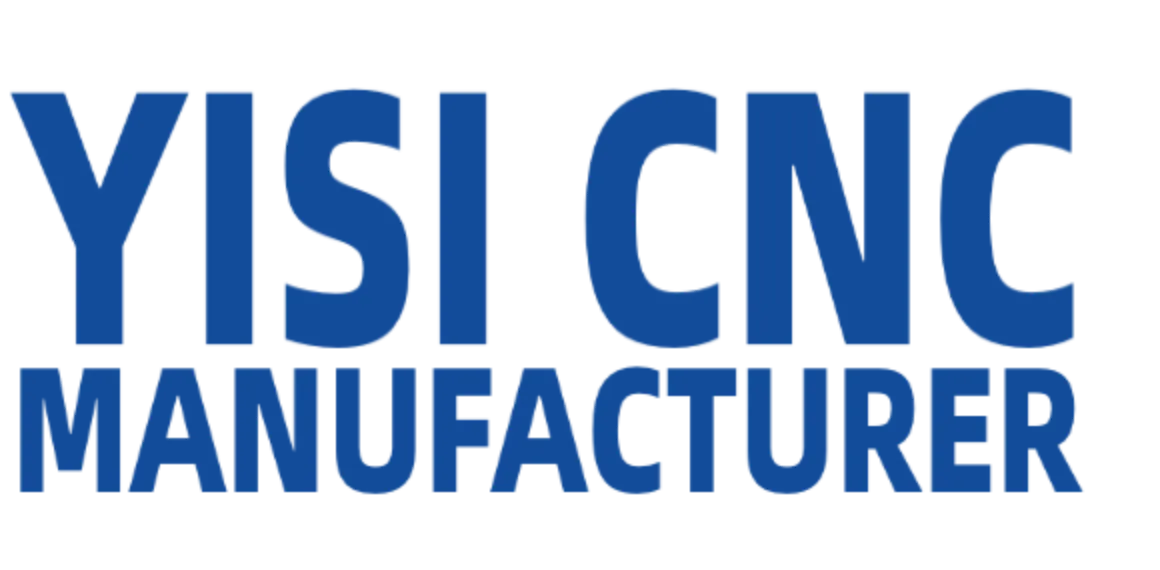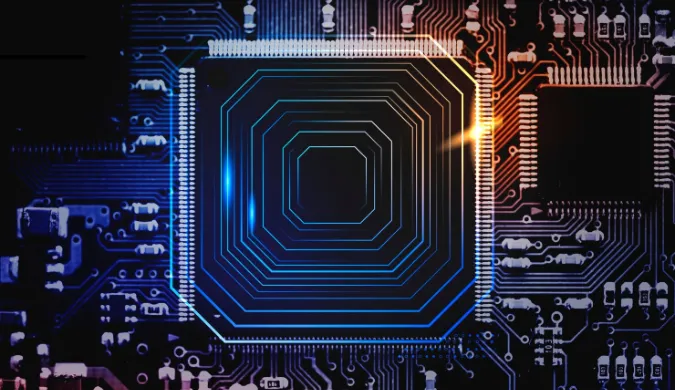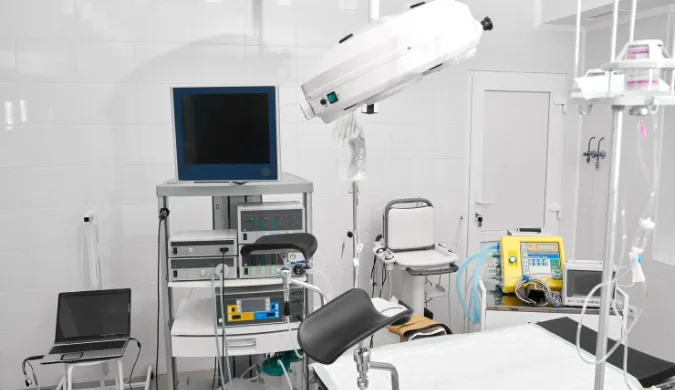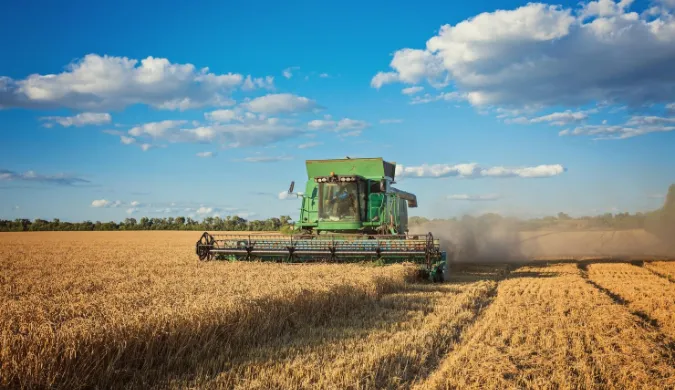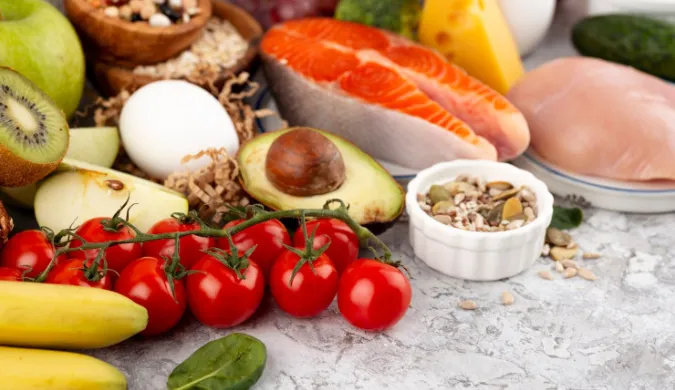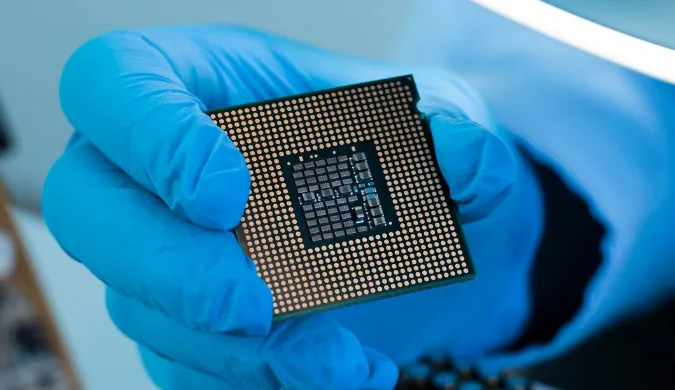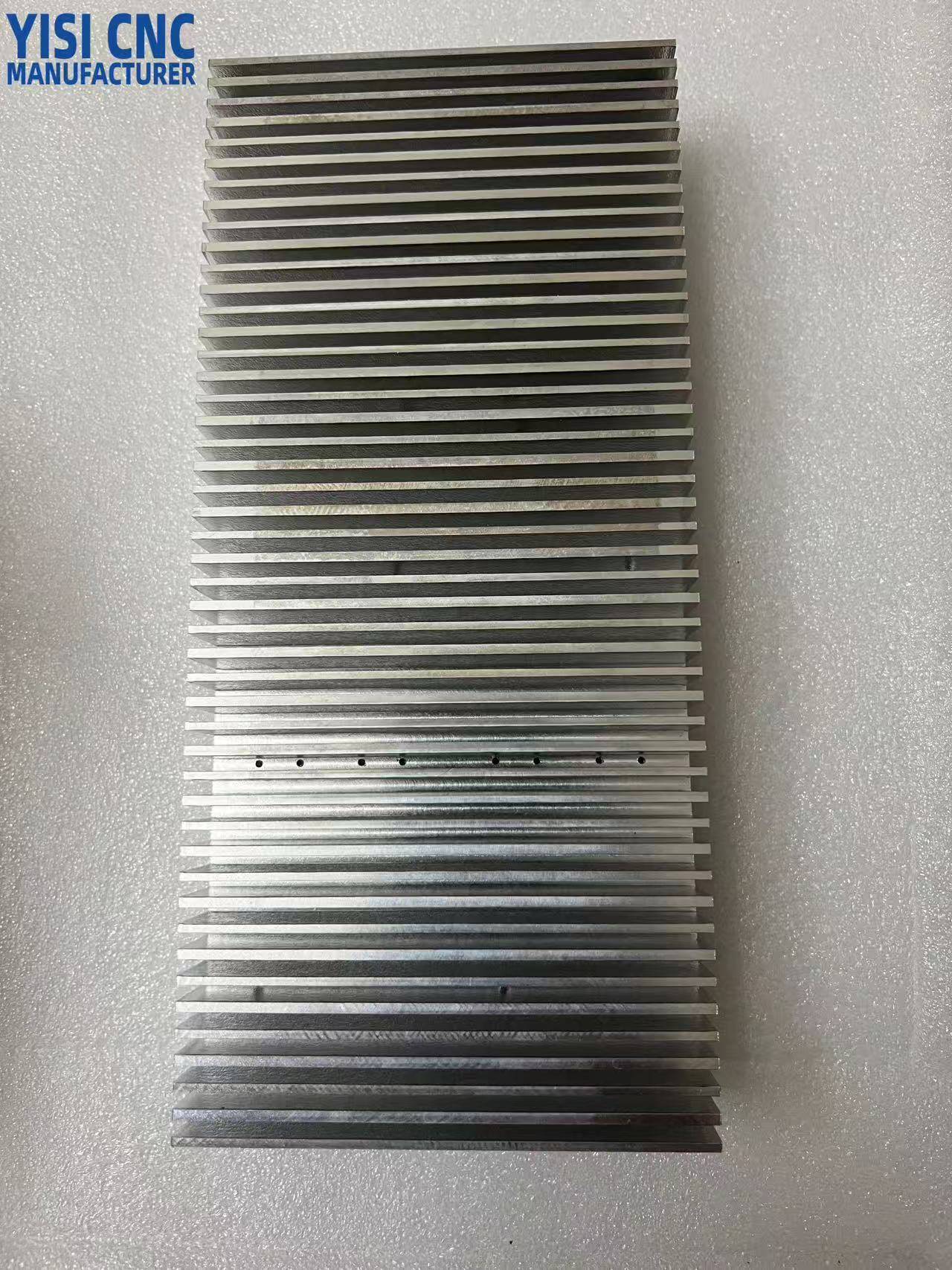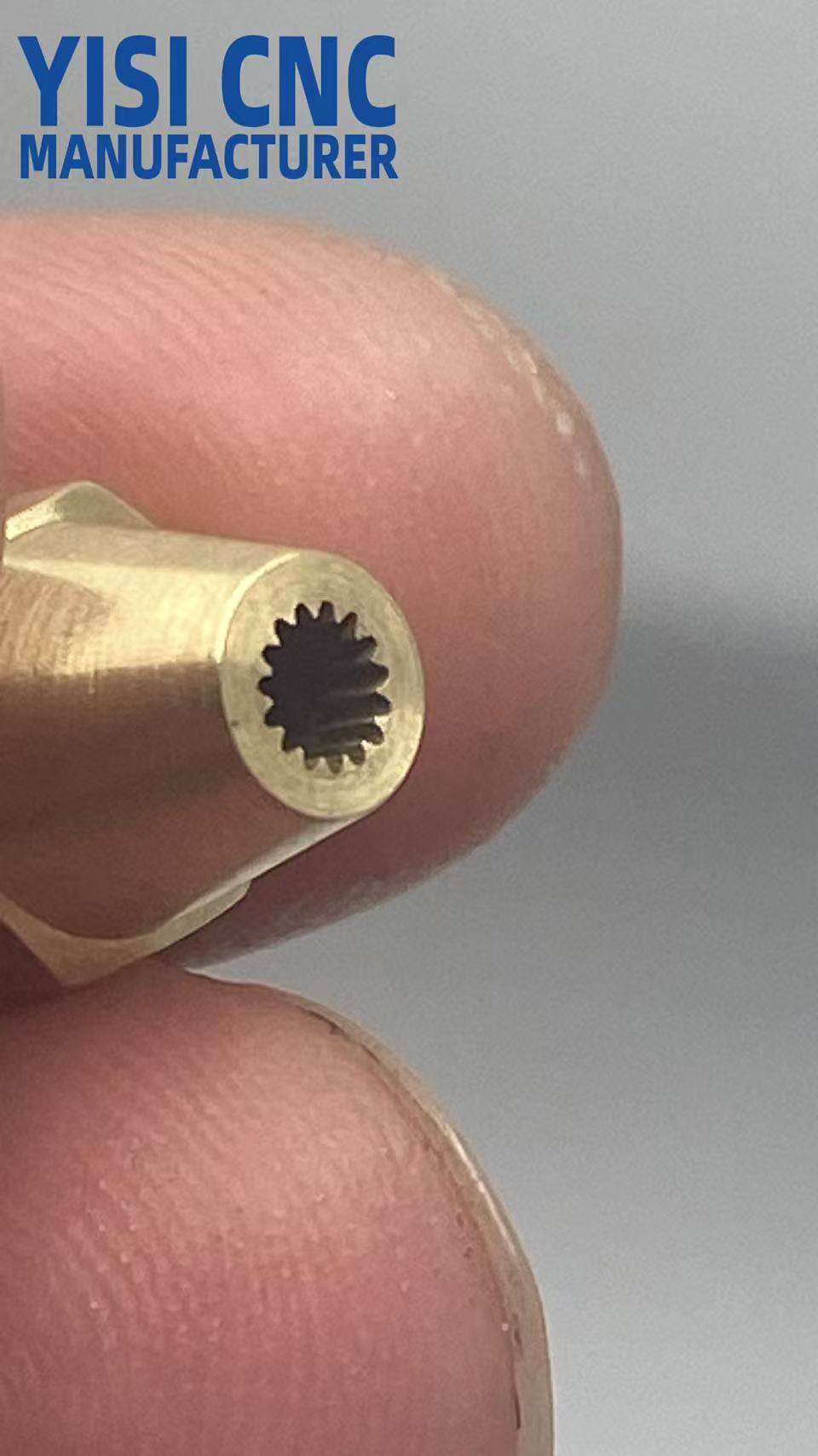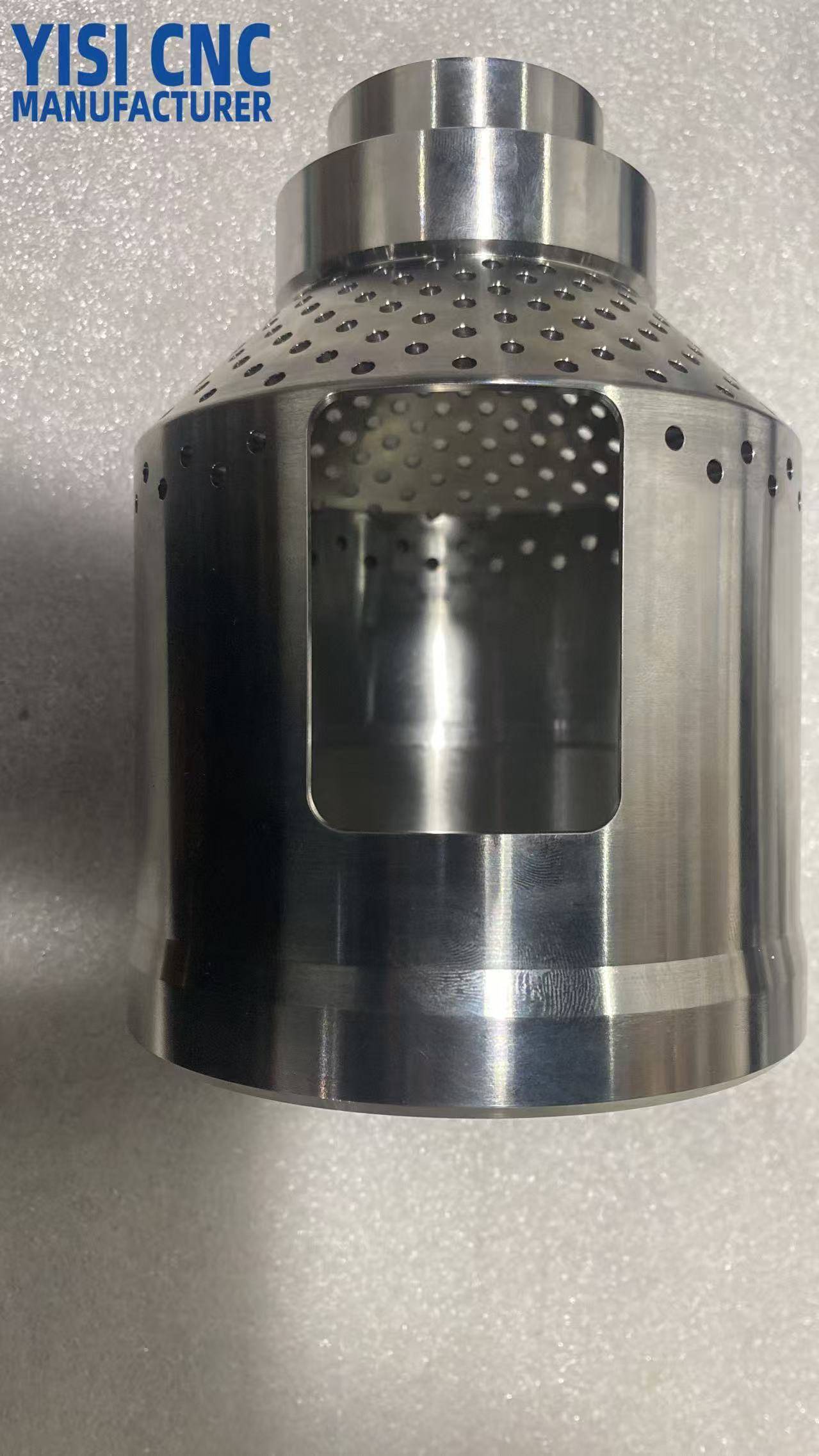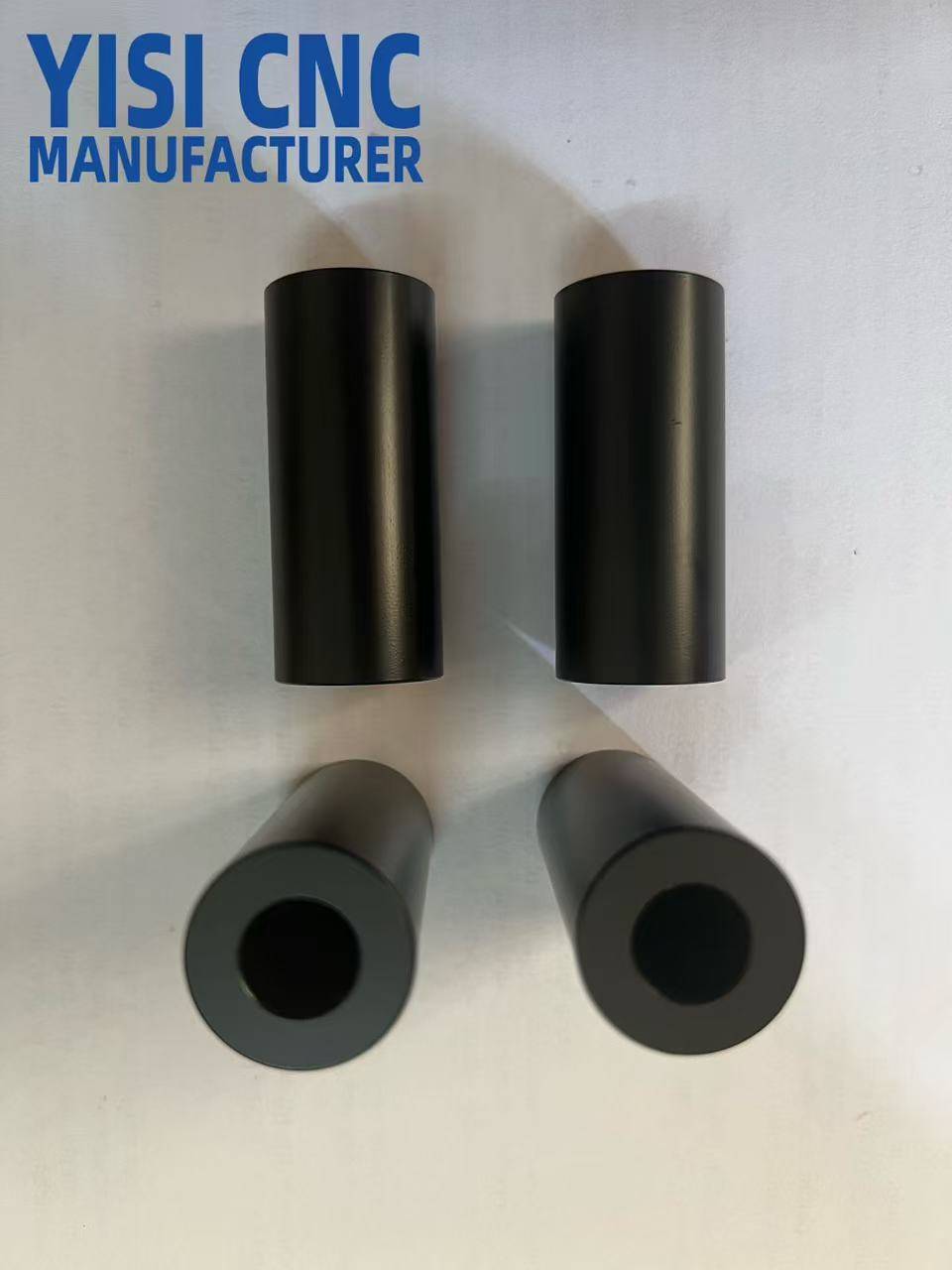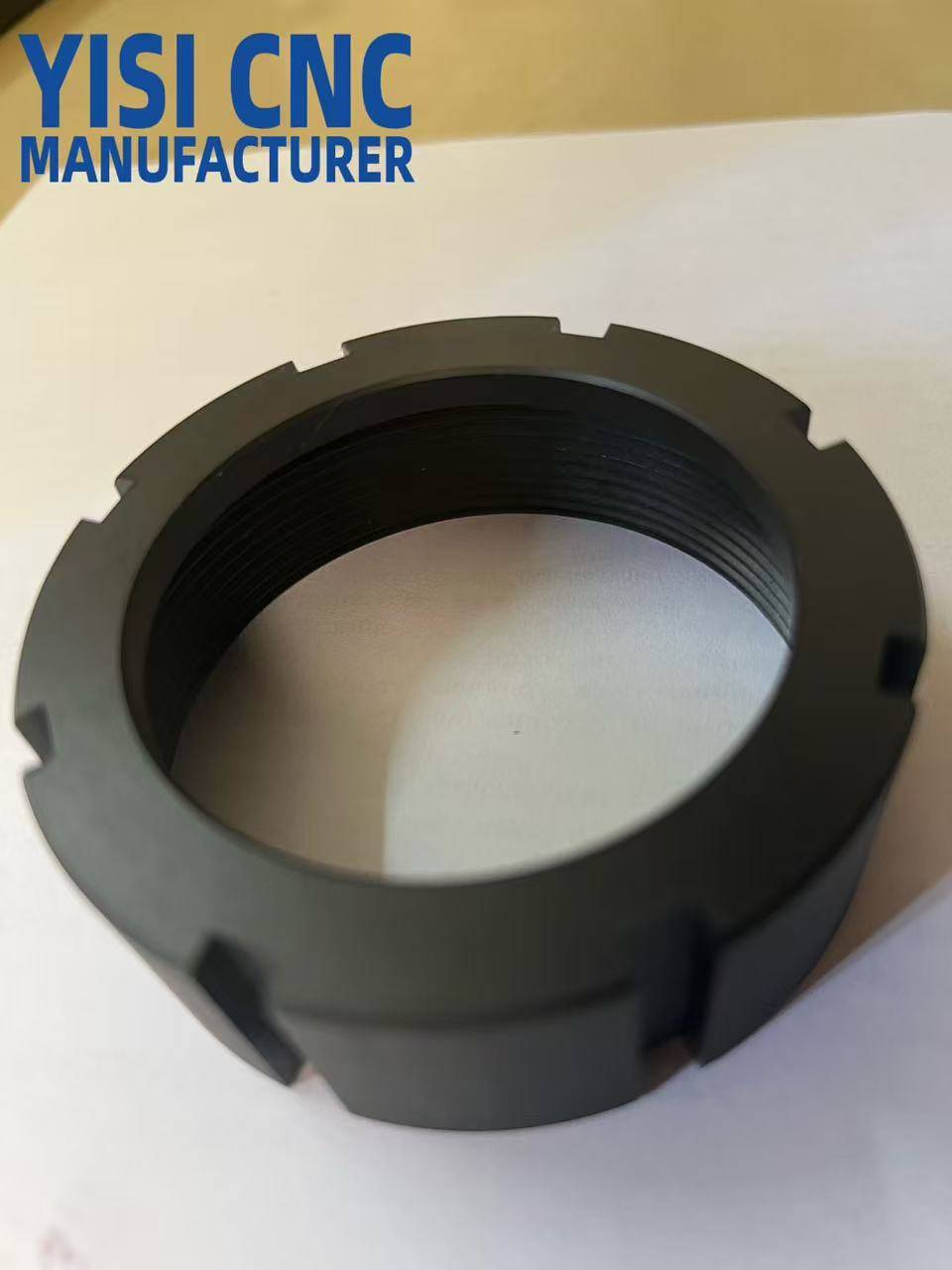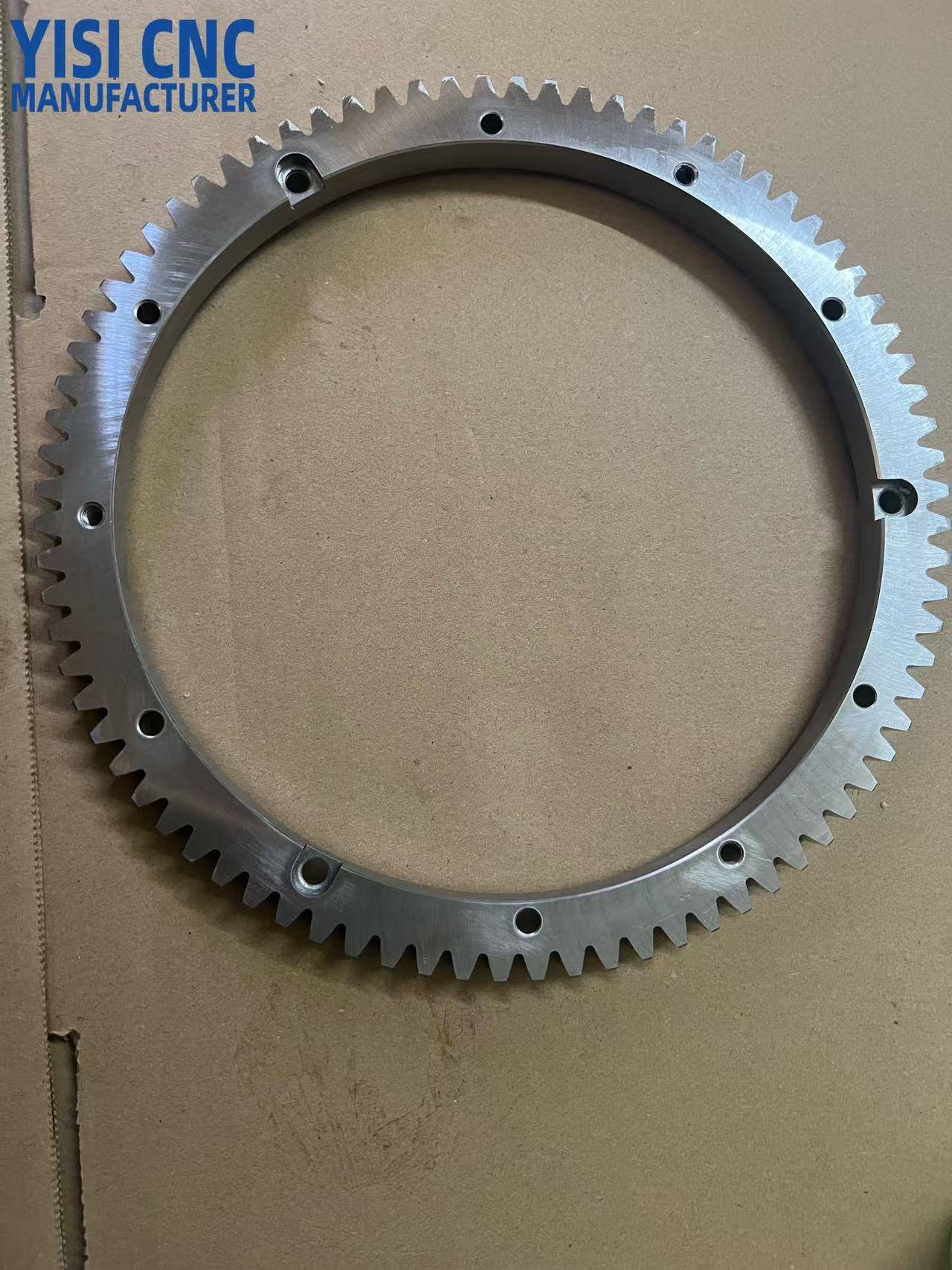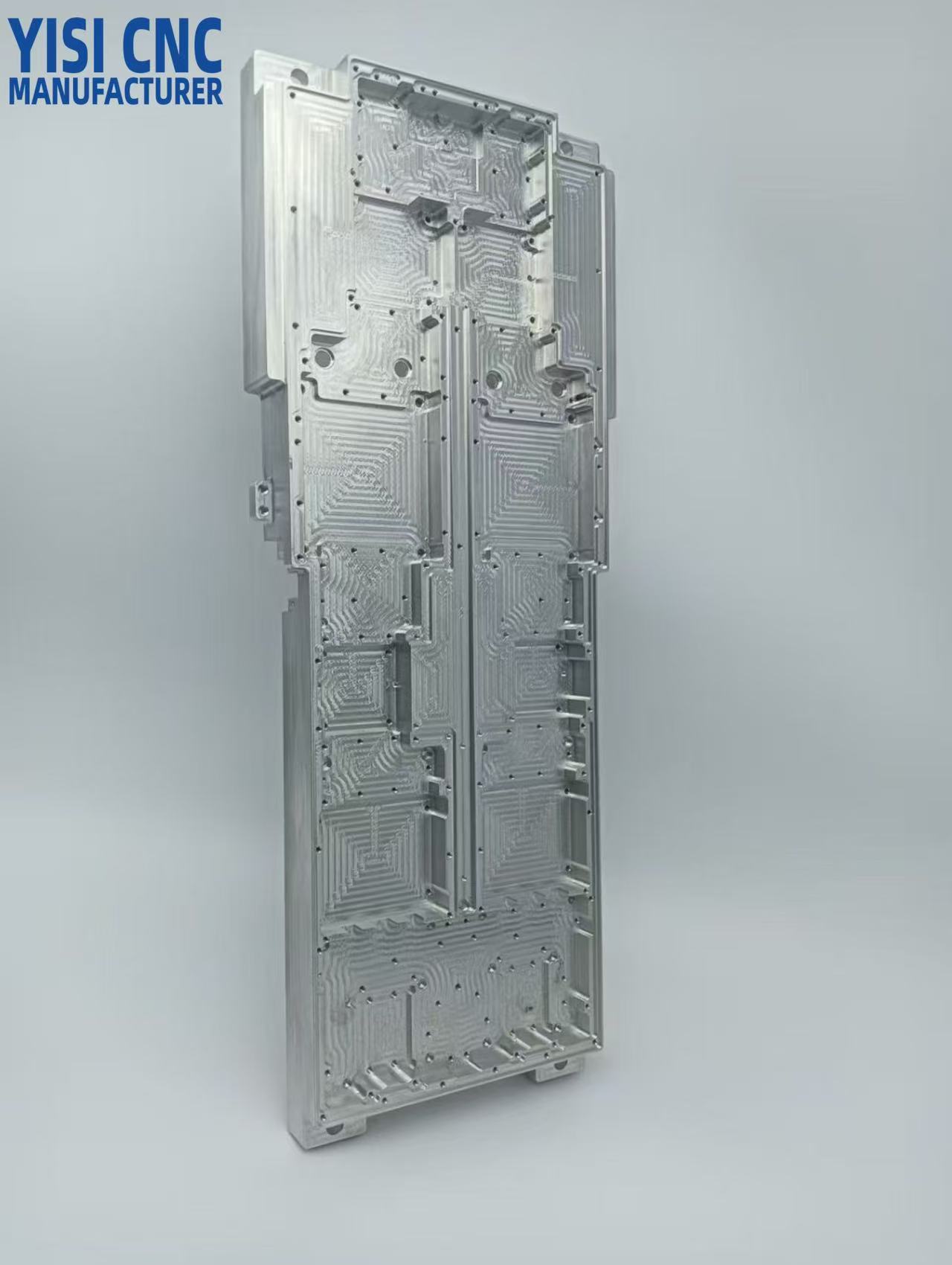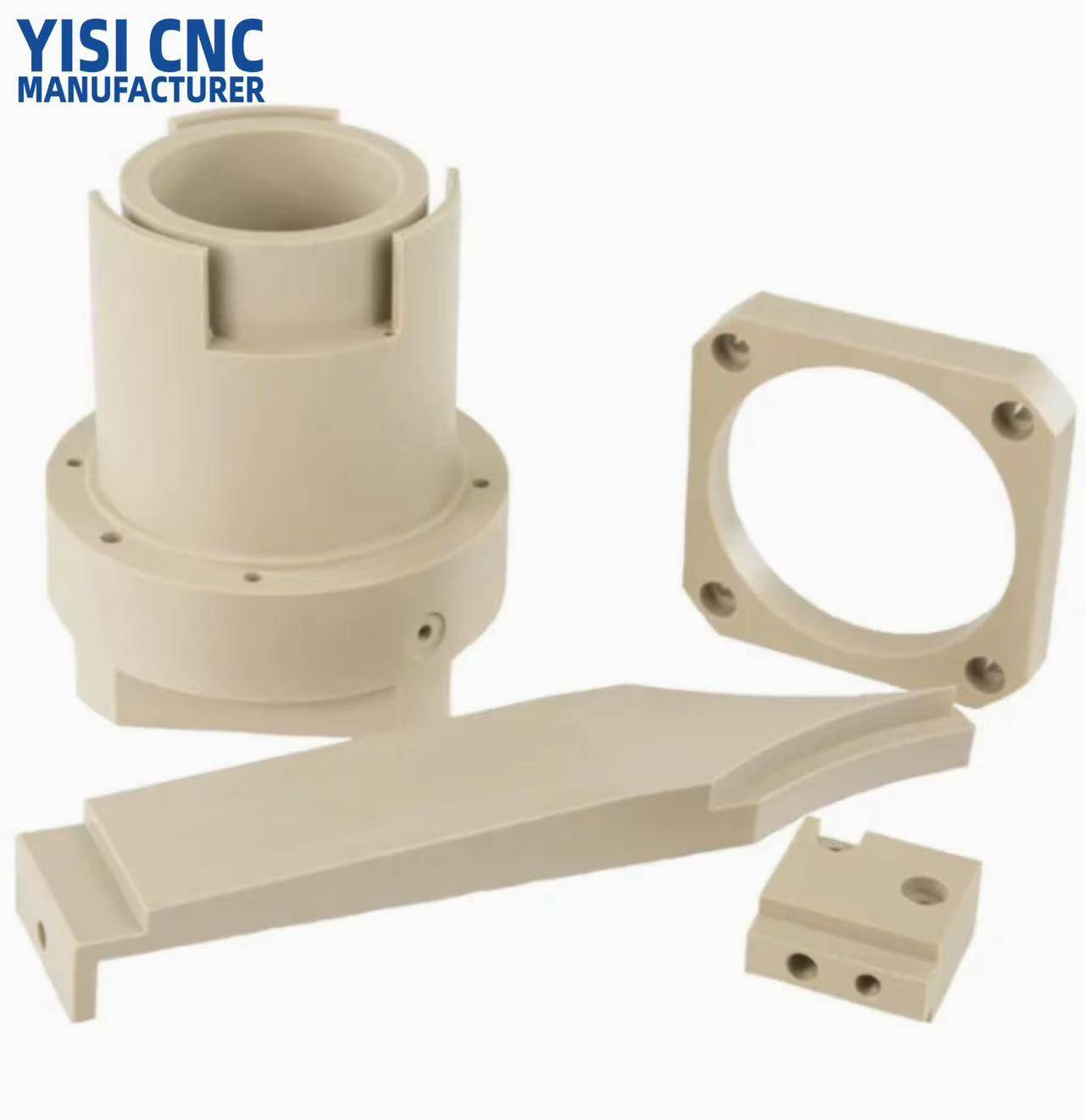Advanced Precision CNC Milling Services – China Top CNC Milling/Milled Parts Manufacturer
Looking for low cost CNC milling parts with unparalleled quality? YiSi CNC Metal Manufacturing Co., Limited is a professional China CNC company provides superior precision CNC milling services with advanced machines including CMC milling center and milling machining centers from the general 3-axis to 5-axis and accomplished machinists. Our experienced operators proficient in CAD (computer-aided design) and CAM (computer-aided manufacturing) programs are always finding the best way to produce the highest quality CNC milled parts & components for clients.
With strong capabilities and extensive experiences, we can provide top-grade but cost-effective custom CNC milling services from China including 3-axis CNC milling and 5-axis milling for high-speed CNC manufacturing, rapid prototyping, and precision CNC milling and turning. Our high-quality rapid CNC milling products are involved in the field of automation design, lockset, automobile parts machining, machinery milling, defense industry, medical equipment, lighting parts machining, etc. Send your inquiry or drawing fast to get an online CNC quote.
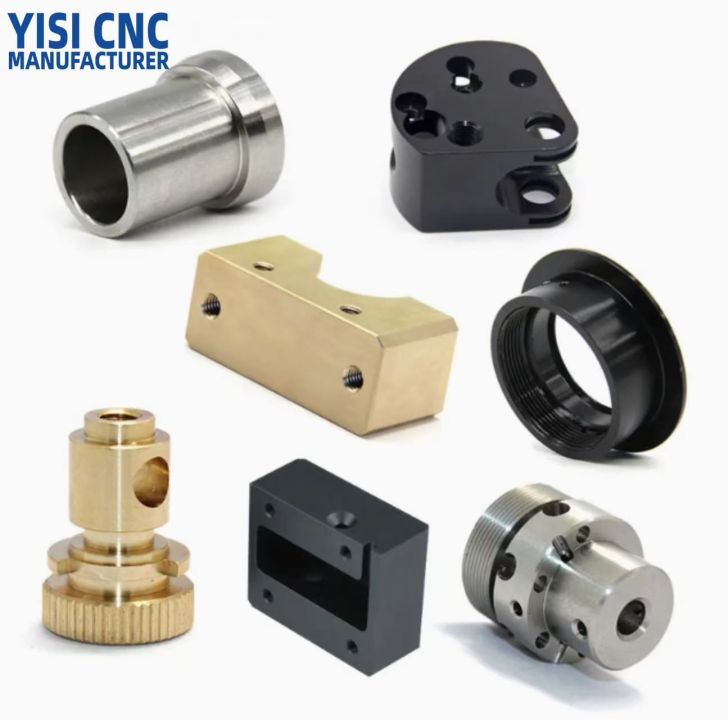
YiSi CNC Precision CNC Milling Capabilities and Features
YiSi CNC (YISICNC.com) is capable to provide cost-effective Milling lathe services and quality products with high precision and accuracy for vast projects.
-
 Flexible pricing
Flexible pricingFast Quote, Flexible Pricing; High Dimensional Accuracy, High Speed and High Reliability.
-
 High Quality
High QualityCMM, Pin Gauges, Roughness Machine, Projector and Micrometer, Concentricity measurement; Rapid Prototyping and End-Use Production.
-
 Custom Materials & Finishes
Custom Materials & Finishes50+ Metals and Plastics, 10+ Surface Finishes; Smooth Surface and Strict Tolerance, Custom Material and Surface Treatment.
-
 High Efficiency
High EfficiencyHigh Productivity and Improved Efficiency; Low, Medium to High Volume Production Runs.
CNC Milling Tolerance at YiSi CNC
We have multiple CNC manufacturing capabilities and can meet a wide variety of needs.
UNC & UNF threads from #2 up to 0.5 in.
Metric threads M1.2 and above.
turned outside corners will typically include a 0.005 in. chamfer.
- Minimum on-axis and axial: 0.04 in. (1mm)
- Minimum radial: 0.08 in. (0.5mm), 0.04 in (0.5mm) for aluminum and brass
- Minimum OD groove width: 0.047 in. (1.2mm)
- Minimum OD groove width for aluminum and brass:0.019 in (0.5mm)
- Maximum OD groove depth: 0.95 in. (24.1mm)—varies with a groove width
+/- 0.025mm
+/- 0.001 inches
+/- 0.025mm
+/- 0.001 inches
+/- 0.025mm
+/- 0.001 inches
950*550*480mm
37.0 * 21.5 * 18.5 inches
| CNC Machining Standards (DIN ISO 2768-1(1991-06) | ||||||||||||||
|---|---|---|---|---|---|---|---|---|---|---|---|---|---|---|
| Tolerance class | tolerance(mm) | |||||||||||||
| Metal (ISO 2768-F) | Plastic (ISO 2768-F) | |||||||||||||
| 0.5 to 3 | Over 3 to 6 | Over 6 to 30 | Over 30 to 120 | Over 120 to 400 | Over 400 to 1000 | Over 1000 to 2000 | 0.5 to 3 | Over 3 to 6 | Over 6 to 30 | Over 30 to 120 | Over 120 to 400 | Over 400 to 1000 | Over 1000 to 2000 | |
| F | ±0.05 | ±0.05 | ±0.1 | ±0.15 | ±0.2 | ±0.3 | ±0.5 | ±0.05 | ±0.05 | ±0.1 | ±0.15 | ±0.2 | ±0.3 | ±0.5 |
| General tolerances for shape and position (DIN ISO 2768-2(1991-04) | |||||||||||||||
|---|---|---|---|---|---|---|---|---|---|---|---|---|---|---|---|
| Tolerance class | tolerance(mm) | ||||||||||||||
| Straightness and Flatness | Verticality | Symmetry | |||||||||||||
| 10 | 10 to 30 | 30 to 100 | 100 to 300 | 300 to 1000 | 1000 to 3000 | to 100 | 100 to 300 | 300 to 1000 | 1000 to 3000 | to 100 | 100 to 300 | 300 to 1000 | 1000 to 3000 | ||
| H | ±0.02 | ±0.05 | ±0.1 | ±0.2 | ±0.3 | ±0.4 | ±0.2 | ±0.3 | ±0.4 | ±0.5 | ±0.5 | ||||
Types of Multi-Axis CNC Milling
A CNC milling center or CNC mill can perform different operations based on the number of axes.
-
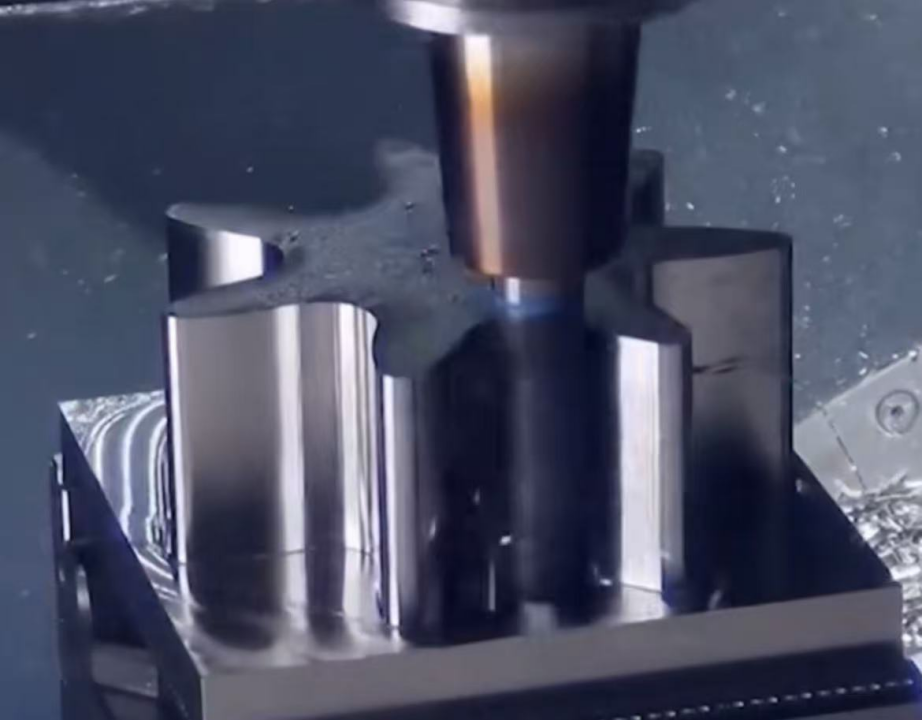 3-Axis Milling
3-Axis Millingthe most basic type of milling operation, using three axes of motion including X, Y, and Z to machine a workpiece. 3-axis CNC milling is one of the most widely used manufacturing techniques for mechanical parts, it is ideal for milling parts with simple designs.
-
 4-Axis Milling
4-Axis Millinga rotary table is added to the CNC machine, allowing the workpiece to be rotated around a fourth axis. This enables the milling of complex shapes and contours on the workpiece.
-
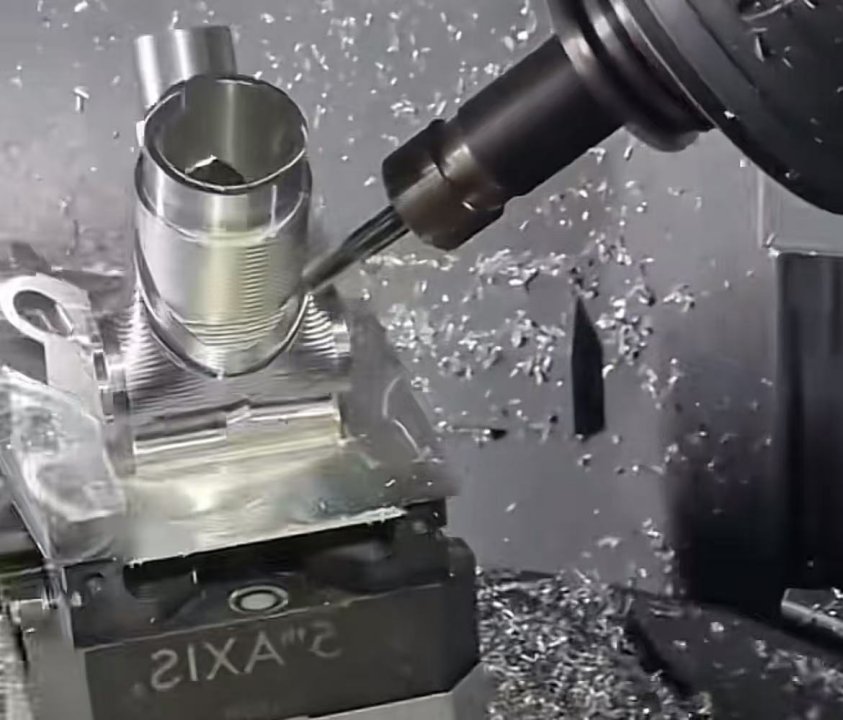 5-Axis Milling
5-Axis Millinga type of 5-axis machining, the machine has two additional axes of motion, typically a rotary axis (A) and a tilting axis (B). This allows the tool to approach the workpiece from multiple angles, enabling highly complex shapes for industries like aerospace, medical, etc.
Typical Stages of CNC Milling Process
-
 Design
Designthe first stage is to create a CAD model or blueprint of the part or product to be milled or machined, using computer-aided design (CAD) software, whether you want to design a 2D or 3D model.
-
 Programming
Programmingafter the design is completed, the next thing to do is convert your CAD model to a CNC program. Using the computer-aided manufacturing (CAM) software to generate G-code instructions to create a tool path that the machine follows for milling.
-
 Setup
SetupBefore the mill machining actually starts, the milling machine needs to be set up with the required cutting tools, work holding fixtures, and other accessories needed to begin the machining process.
-
 Execution
Executiononce the milling machine is properly set up, the equipment follows the tool path created by the CAM software to cut and remove material from the workpiece until the final shape is achieved.
After the CNC milling, we are also going to complete the required finishing operations and quality inspections to ensure product quality before shipment.
CNC Milling Materials at YiSi CNC - Materials Used for CNC Milling Services
CNC milling service can be applied to a wide variety of materials, including metal, plastic, and wood. Different milling are needed for milling metal and wood. According to the types of machined part materials, certain maintenance and safety precautions may be required for the milling. Here are some common materials for CNC milling manufacturers below. If the material you required is not listed in the table, please contact us.
| Material | Available Types & Grades |
|---|---|
| Aluminum |
Aluminum 2024 Aluminum 5052 Aluminum 5083 Aluminum 6063 Aluminum 6061 Aluminum 6082 Aluminum 7050 Aluminum 7075 |
| Brass/Bronze |
Brass C360 Brass 260 C932 M07 Bearing Bronze |
| Copper |
Copper C110 Copper 101 |
| Steel |
Alloy Steel 4130 Alloy Steel 4140 Mild Steel 1018 Mild Steel A36 |
| Stainless Steel |
Stainless Steel 17-4 Stainless Steel 18-8 Stainless Steel 303 Stainless Steel 304/304L Stainless Steel 316/316L Stainless Steel 416 Stainless Steel 420 |
| Titanium |
Titanium Grade 2 Titanium Grade 5 |
| Plastics |
ABS Nylon POM PEEK PMMA PTFE Polystyrene Polyethylene Polycarbonate |
CNC Milling Surface Finishes at YiSi CNC - Surface Finishing Process for Milling Parts
Here is a wide selection of metal surface finishing services at your choice for the machined CNC milling parts to improve the part appearance, surface smoothness, corrosion resistance, and other characteristics.
| As machined | Description |
|---|---|
| As machined | Standard finish with a surface roughness of 1.6 μm (126 μin). |
| Smoothing | The standard smoothing surface roughness (Ra) is 0.8 μm (63 μin). |
| Painting | Spraying paint, pigment, or color to a solid surface as a colored protective layer. |
| Passivation | Remove ferrous contaminants or use a light coat of protective material to create a shell. |
| Powder Coating | A functional and decorative finish that is applied as a free-flowing, dry powder. |
| Anodizing | Type II (anodizing color or clear) or Type III (anodizing hard coat) |
| Polishing | Produce a smooth and shiny surface. |
| Black Oxide | Forming a black conversion coating on metal parts. |
| Bead Blasting | Removing surface deposits by applying fine glass beads at a high pressure. |
| Abrasive Blasting/Sandblasting | Smoothing and cleaning a hard surface by forcing solid particles across that surface. |
| Electroplating/Plating | Form a thin coherent metal coating on an electrode. |
| Brushing | Polishing the metal with grit resulting in a unidirectional satin finish. |
| Chromate Conversion Coating | Increase the corrosion resistance while maintaining conductive properties. |
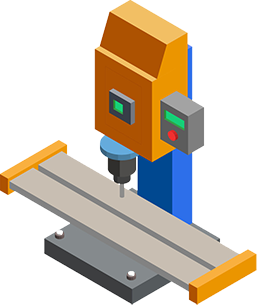
If you need unconventional materials and custom surface treatment, please contact us.
Contact UsApplications of CNC Milling Services and Parts
YiSi CNC is a CNC milling company offering services suitable for mass production of high precision small CNC milling parts, such as components for cell phone, medical devices, optical equipment, automobile, lighting industry, office equipment, etc. We can know that CNC Milling has become the most basic, extensive and important technology in the mechanical manufacturing industry, which directly affects production efficiency, cost, energy consumption, and environmental protection. The CNC Milling applications involves the following industries (not limited to):
Why Choose YiSi CNC Milling Services
-

High Precision Production. YiSi CNC custom CNC milling parts in tolerances ranging from +/-0.001″ – 0.005″, custom design depending on customer specs
-

Rapid prototyping. Get prototypes quickly, optimize the entire high-speed milling workflow with advanced milling machines and full equipped CNC milling factory
-

Our technicians are experts in the field of CNC milling parts, have rich experience providing customer service in precision CNC machining to a wide range of industries, both domestically and internationally.
Plane: CNC milling machines can be used to process various planes, including straight lines, arcs and various complex shapes.
Cam: The cam is a common part in machinery, and the CNC milling machine can be used to process various shapes of the cam.
Thread: CNC milling machines can be used to process a variety of threads, including precision threads and special-shaped threads.
Holes: CNC milling machines can be used to process holes of various shapes and sizes, including straight through holes, blind holes, inclined holes, etc.
Curved surfaces: CNC milling machines can be used to process various complex curved surfaces, including spherical surfaces, rotating surfaces and free-form surfaces.
Gears: CNC milling machines can be used to process various gears, including spur gears, helical gears, arc gears, etc.
In short, CNC milling machines can be used to process parts of various shapes and sizes, and have the advantages of high precision, high production efficiency, and stable machining accuracy.
Starting from designing a CNC milling part drawing or geometry with CAD software, then CAM software converts the file to CNC machine program, which can dictate the machine what to do and how to do. CNC milling services apply computerized technique to complete the manufacturing as the following basic production stages:
- Designing a CNC Milling CAD model
- Converting the CAD model into a CNC milling program
- Setting up the CNC milling machine
- Cutting small pieces off the block material to obtain approximate shape
- Executing the CNC milling operation with higher precision and accuracy
Turning operations are performed by rotating the workpiece and using a stationary cutting tool, and milling operations are performed by rotating the cutting tool and leaving the workpiece locked in place.
The most common materials used in CNC milling are metals such as brass, Titanium, aluminium or steel, and plastics such as PVC, ABS, polycarbonate and polypropylene.
In short, tolerances are measurements that signify the level of precision needed for a part that you want to manufacture. Specifically, machining tolerances indicate the degree of variation permitted in a part’s final dimensions or measured value.
Due to the spinning motion produced by the CNC milling machine's cutter, the surface finish of CNC machined parts will have visible toolmarks. If you require a smooth, unblemished finish to your part, we recommend choosing a secondary finish: grained finish or powdercoat.
Yes, we offer CNC Turning (Lathe), as well as CNC Machining with 5-Axis, 3-Axis and CNC Routers.

Let's discuss your project. For DMF review, please click here.
Click HereYiSi CNC will ensure the quality of machining parts through multiple solutions
We’ll conduct a quality inspection on each order, further reports and certification can be offered at your request. Please submit the order to start.
Critical dimensions
Quantity of parts
Removal of sharp edges and burrs
Number of parts inspected
Surface finish
Full dimensional inspection report
Material/mill test report
ISO9001, ISO14001, ISO27001 and IATF 16949 certifications
First article inspection for orders of 100+ units
Certificate of Conformance
Material Test Reports
Maximum CNC Milling Capabilities at YiSi CNC
| Size Limit | Metric | Imperial |
|---|---|---|
| Maximum part diameter | 431mm | 17 inches |
| Maximum part length | 990mm | 39 inches |
| Maximum swing on carriage | 350mm | 13.7 inches |
| Maximum spindle through hole | 40mm | 1.5 inches |
What is CNC Milling & How Does CNC Milling Work
CNC milling (computer numerical control milling) is a CNC machining process that involves removing material from the workpiece by rotating and moving a cutting tool, such as a milling cutter, and positioning the workpiece properly, to produce or finish a custom CNC machining object. CNC milling technique can be used to shape a part from beginning to finish, it’s best to produce features or definitions as a secondary or finishing process for machined components. The milling cutting tool can be placed horizontally or vertically, but since the numerically controlled milling machines have evolved strongly, moving on several axis, up to 5 axis, allowing much more to movement of the cutting item in addition to the repositioning of the piece.
YiSi CNC Milling Services Capabilities
- With decades of experiences and expertise in CNC machining services, we providing OEM milling service and products involving precision milling, thread milling, metal milling, plastic milling, etc.
- Six advanced CNC machines at the YiSi CNC Milling Center:
Number of CNC milling machining centers: 6
Number of axes: 3-axis or 5-axis
Product dimension 3-axis milling machines: up to 500 x 500
Product dimension 5-axis milling machines: up to Ø 300
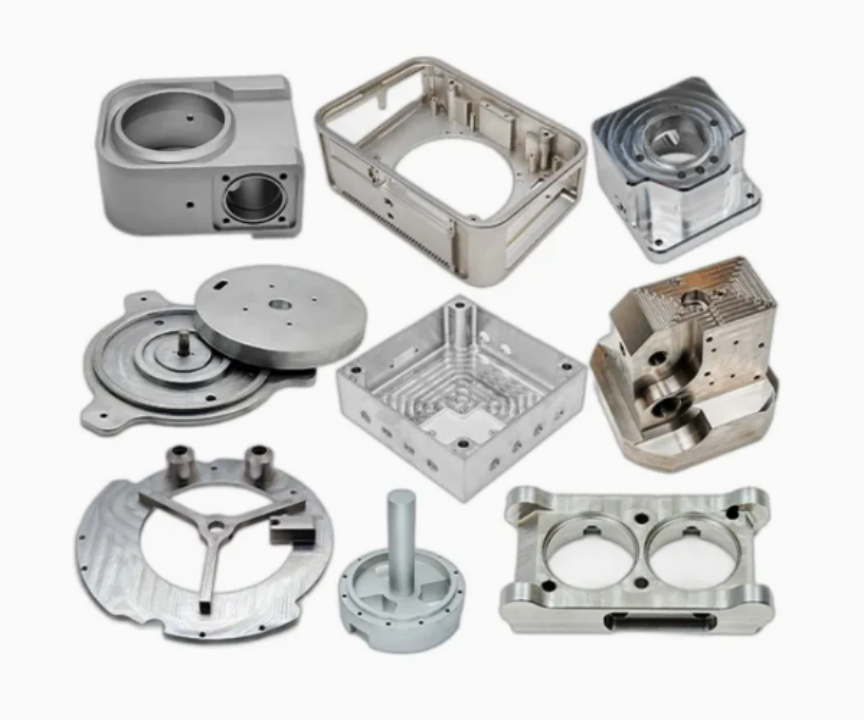
CNC Milling Operations (Types) – What Does A CNC Mill Do
CNC milling service, one type of CNC machining service, is ideal for manufacturing CNC milled parts with high accuracy and tight tolerances in prototype and small/large batch production, which achieved through the following common CNC milling operations.
- Plain Milling: also called surface or slab milling, refers to the milling operation utilize plain milling cutters with teeth on the periphery to perform the cutting, the axis of rotation of the cutting tool is parallel to the workpiece surface.
- Face Milling: the operation use milling cutters have teeth both on the periphery and tool face, the rotating axis of cutting tool is perpendicular to the surface of the workpiece,generally for producing flat surfaces and contours.
- Form Milling: uses form cutting tools or fly cutters for specific purposes, including convex, concave cutters, typically for creating irregular surfaces and contours like curved surfaces.

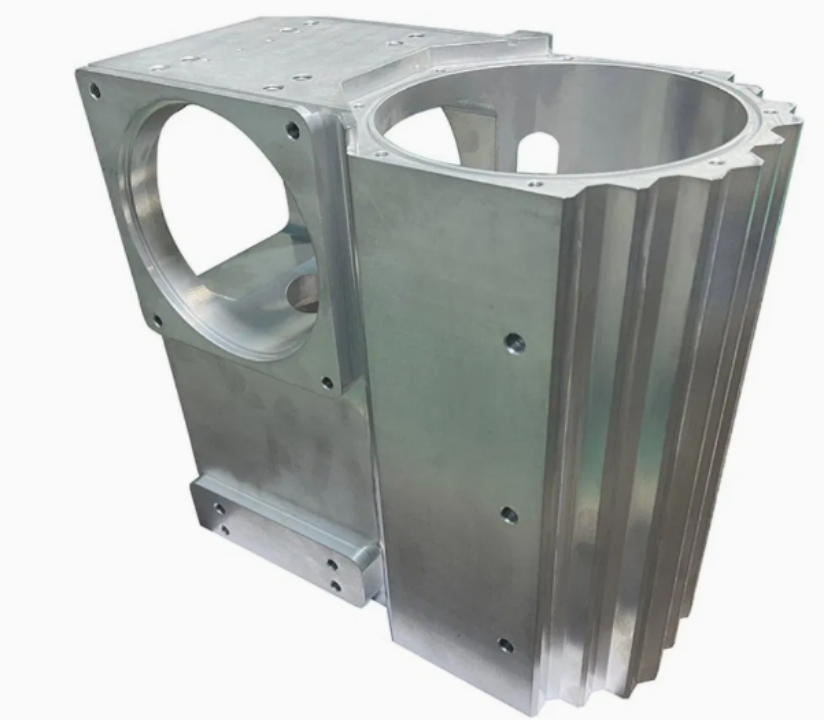
- Angular Milling: also written a angle milling, milling flat surfaces which are neither parallel nor perpendicular to the axis of the cutter.
- Gear Milling: the milling process for creating a gear.
- Thread Milling: the interpolation of a thread mill around or inside a workpiece to create a desired thread, requires machines capable of moving on the X, Y, and Z axis simultaneously.
- Profile Milling: rough or finish mill vertical or slanted surfaces, continuous tool path.
- Straddle Milling: machine two or more parallel vertical surfaces at a single cut.
Other milling operations: Gang Milling, Side Milling, End Milling, Saw Milling, Helical Milling, Cam Milling, Milling Keyways, Grooves and Slot.
CNC Milling Machines – What Is A CNC Mill & Types of Milling Machines
CNC milling machine employs a rotating cylindrical tool (milling cutter) held in a spindle to perform the milling operations, for getting a wide array of shapes, slots, holes, and other necessary impressions. As a common Computer Numerical Control machine, CNC mill has the ability to cut in different angles and move along several axes, allows a variety of milling parts features and designs. The workpiece on CNC mill can be moved across the tool in certain direction.
There are different types of CNC mills divided according to the number of axes:
- 3-axis milling machines: have a table that moves in the X, Y, and Z axes, and can cut vertically and in any direction.
- 4-axis milling machines: an additional rotary axis that allows the cutting tool to move around the workpiece in a circular motion.
- 5-axis milling machines: two additional rotary axes, allowing for more complex cutting operations.

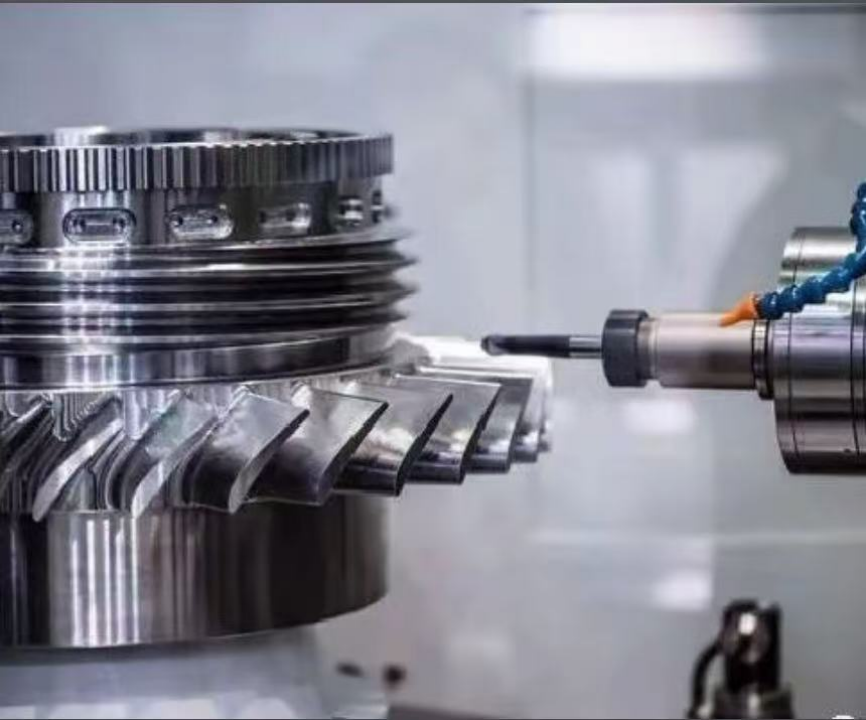
- Vertical milling machines: a spindle that is perpendicular to the worktable and moves up and down.
- Horizontal milling machines: have a spindle that is parallel to the worktable and moves left and right.
- Manual milling machines: operated manually and do not have any automated controls.
- CNC milling machines: controlled by a computer and capable of precise and complex cutting operations.
- Benchtop milling machines: small and portable, designed for use on a workbench or tabletop.
- Floor-mounted milling machines: larger and heavier, designed for heavy-duty milling operations.
Different Types of Cutting Tools in CNC Milling Machines - Milling Cutters & Tools
To suit various applications and purposes, there are different types of cutting tools used in CNC milling.
| End mills | the most commonly used milling cutters, with cutting edges on both the bottom and the sides, allowing them to cut in multiple directions. |
| Ball nose end mills | similar to end mills but have a rounded end, suitable for machining curved surfaces. |
| Face mills | used to cut flat surfaces and create square edges. |
| Hollow mills | the opposite of face mills, the workpiece is fed into the inner part of the machine to produce a cylindrical feature. |
| Side-and-face cutter | with teeth around the circumference and one side, functions similarly to end mills. |
| Fly cutters | single-point cutting tools that are used for light milling operations. |
| T-slot cutters | used to create T-shaped slots in the workpiece. |
| Thread mills | used to create internal or external threads in the workpiece. |
| Chamfer mills | used to create beveled edges or chamfers on the workpiece. |
What Are the Main Parts of A CNC Milling Machine
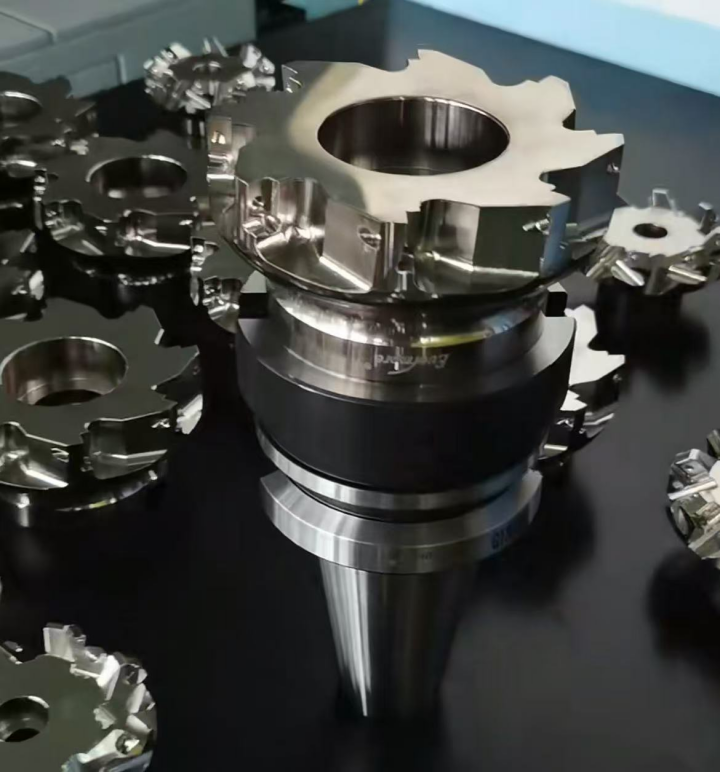
A milling machine consists of different components, which enable it to perform the desired operation smoothly and accurately.
Control panel: the interface where the operator enters the instructions for the milling machine to control the different cutting operations, it usually contains a CNC monitor, keyboard, and other input devices.
Spindle: the rotating component that holds the cutting tool, the shaft of the spindle is where the tool is attached, the spindle is driven by a motor and can rotate at various speeds to accommodate different types of cutting tools. The spindle can be vertically or horizontally positioned.
Worktable: the flat surface on which the workpiece is placed. The worktable can be moved in various directions by the CNC milling machine to position the workpiece for cutting.
Column: holds together the entire assembly to offer mechanical strength to the mill.
Saddle: located under the worktable for support and movement to the table in parallel to the spindle axis.
Axes: CNC milling machines typically have three or more axes, which are used to control the movement of the cutting tool and workpiece. The most common axes are X, Y, and Z, which correspond to horizontal, vertical, and depth movements, respectively.
Coolant system: used to deliver coolant to the cutting area to prevent overheating and prolong the life of the cutting tool.
Tool holder: used to mount the cutting tools in the machine, available in various sizes, systems, and specifications, common types including BT 30, BT 40, and BT 50.


